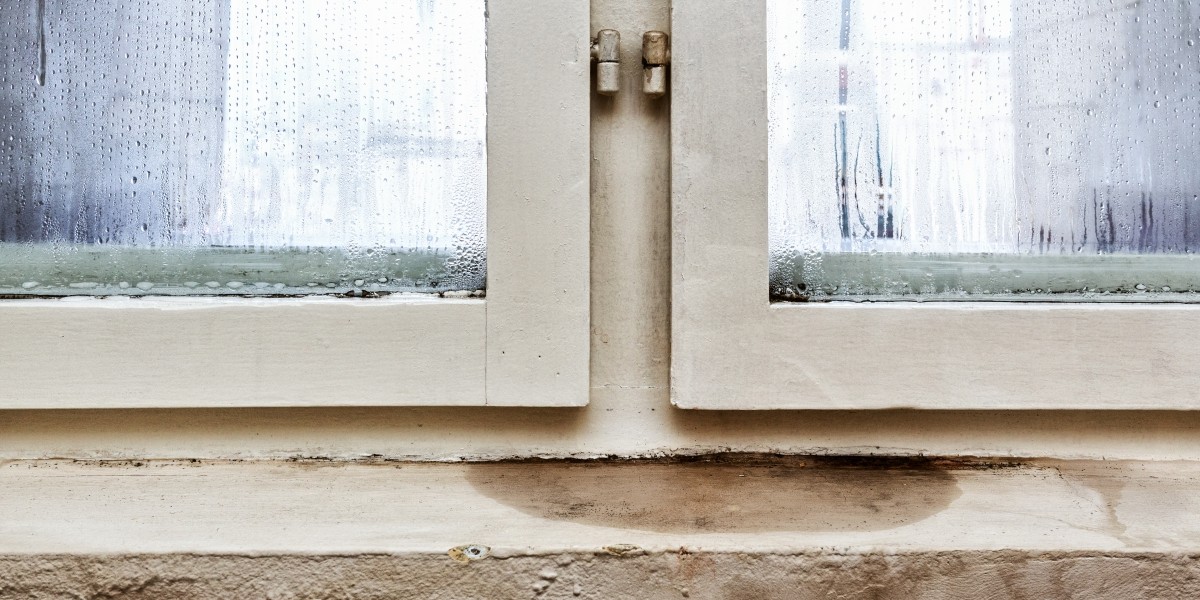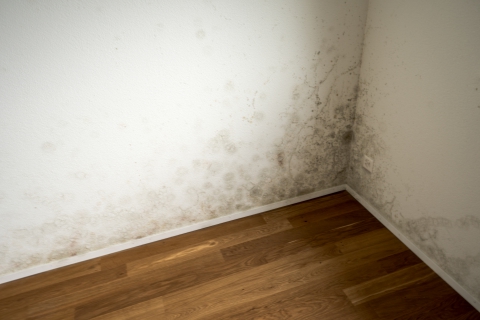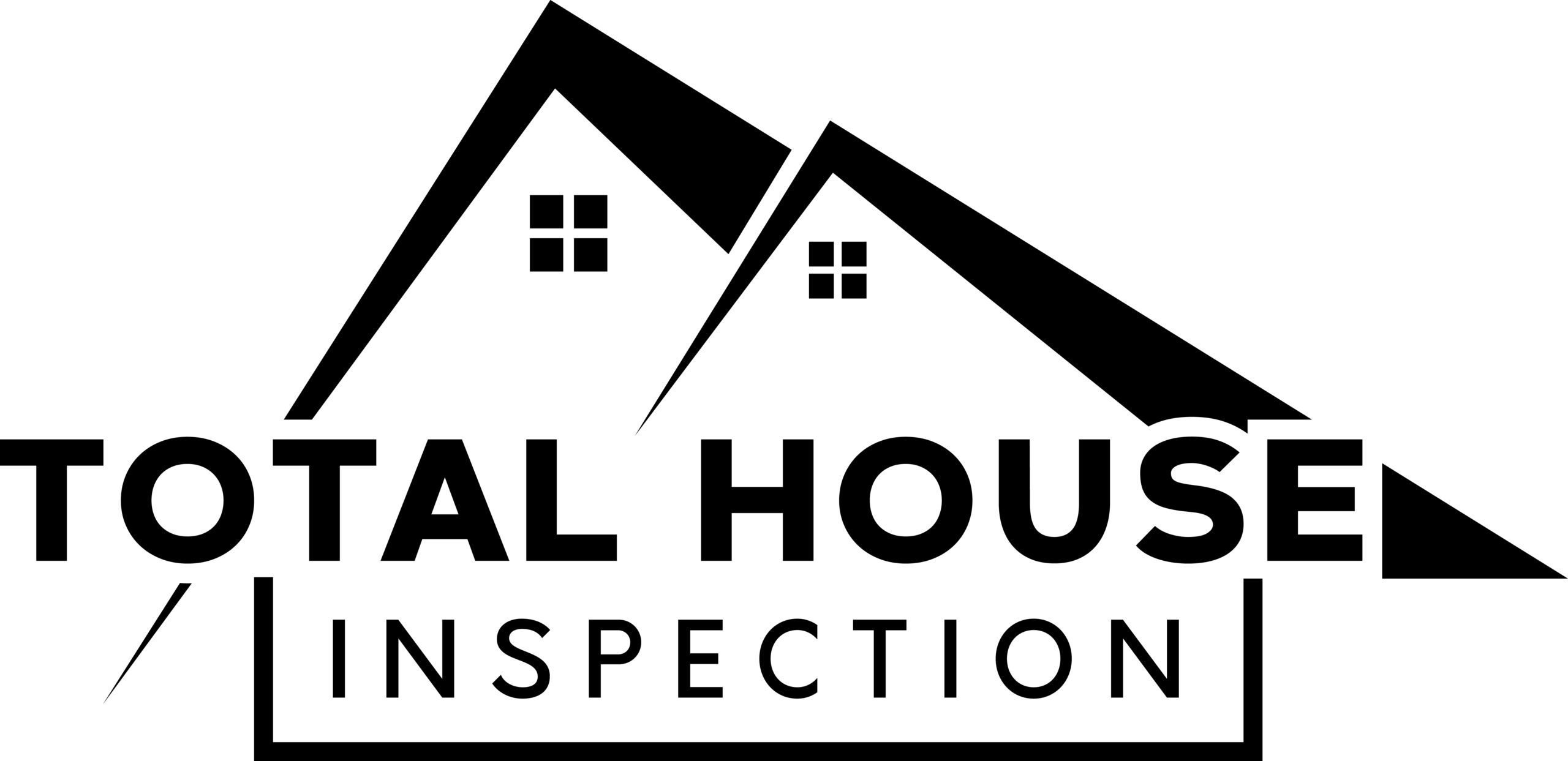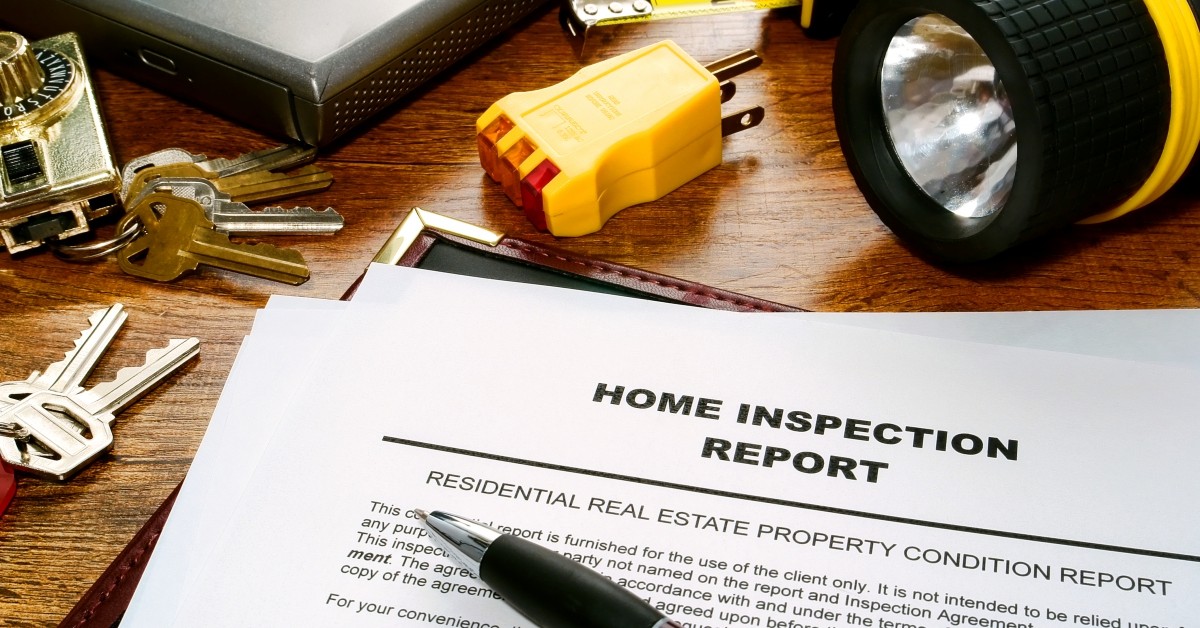
Mold: Causes, Prevention, and Signs
One of the more challenging potential findings of a home inspection is when the inspector finds mold in the house. Whether it’s the bathroom, basement, or attic, mold can be dangerous and should be taken care of as quickly as possible to prevent it from growing further. Or better yet, prevent it from growing in the first place.
If you’re trying to sell your home, there is most likely a list of things that need to be done to get it ready for listing, from updating fixtures to cleaning the siding, and maybe repainting bedrooms. You may also want to do certain tasks that will prevent mold from finding its way into your home. At Total House Inspection, we have inspected hundreds of houses and we understand what issues to look for in a house that could lead to mold, which could then hold up the house from being sold. With years of experience working in Rochester Hills and the surrounding areas, you can count on us to thoroughly inspect your home and provide a detailed report on our findings.
In this post, we’ll go over the causes of mold, how to prevent it, and if there is mold in your home already, what signs you can look for. Whether you’re selling your house or not, it’s always important to be aware of what issues in a house can lead to mold so you can prevent it from growing.

Causes of Mold
Homeowners most likely already know that mold is caused by excess moisture that seeps into your home, but how does the water get into the house? When you understand how water typically gets into a house, you will be able to repair problem areas or add additional protection to other areas.
Here are the top causes of mold in Michigan homes.
- A Leaking Roof: There’s no doubt that winters in Michigan can be pretty intense, putting a lot of stress on your roof. Leaks in a roof can be caused by ice damming, which forms when warm air in the attic causes snow to melt. Water continues to flow to the edge of the roof, where it freezes again and forms a mound of ice. Storm damage, wind, or hail can also cause damage and leaking.
- Improper Roof Ventilation: Hot air rises, so when the attic isn’t properly ventilated, the roof will trap hot air. This hot air can then cause issues with humidity and overheating, resulting in moisture and potential mold growth.
- Improper Bathroom Ventilation: The same idea could occur in the bathroom as well, when someone takes a hot shower and the air doesn’t have anywhere to go. A home inspection will look closely at the ventilation in the attic, bathroom, and kitchen.
- Leaking Windows: When was the last time you had your windows inspected or replaced? More common in older windows or ones that weren’t installed correctly, leaking seals around the window frame can let in rainwater. The water can then get trapped inside the walls, eventually causing mold to grow.
- Bathroom Plumbing Leaks: Whether it’s the shower, sink, or the toilet, there is a lot of plumbing inside the bathroom walls. When any of the pipes have a leak, it can slowly drip water inside the walls. Homeowners don’t often realize there is a problem until the home inspector finds mold growing in the walls or flooring.
- Washing Machine Supply Lines: Keep an eye on your laundry room as well. Water coming in from a supply line could have a leak, slowly allowing water to get in and mold to grow.
- Kitchen Plumbing: The same goes for your dishwasher and ice maker. The supply lines or drain lines from the dishwasher could leak water into your kitchen walls or flooring.
- Landscaping: It’s not always obvious to a homeowner, but a home inspection will also include looking at the landscaping surrounding the home to ensure that water can drain away from the house, instead of toward and into the house.
- Burst Pipes: A homeowner’s worst nightmare is a pipe bursting after a stretch of freezing temperatures. If a pipe bursts, be sure to remove any water and remaining moisture as quickly as possible.

How to Prevent Mold
Preventing mold is all about identifying problem areas in your home and making sure to address them either through professional repair, making sure everyone in your household is aware of certain practices, or simply being mindful of habits that could lead to mold growth.
- Get a Maintenance Home Inspection: A full home inspection is a great way to have your whole house looked at with one appointment, rather than scheduling separate appointments for a roof inspection, plumbing inspection, and having a home contractor look at your windows. An inspector will also look at a variety of other things that could help you increase the value of your home.
- Ventilation: If the bathrooms in your home have vents and fans, be sure to turn the fan on during and after each shower. This will keep hot air from accumulating and causing moisture issues, leading to mold growth. Also, be sure that your kitchen has a vent.
- Monitor Humidity Levels: A home’s humidity should be between 30% and 60%, according to the EPA. To monitor the levels, you can install a moisture meter and make adjustments as necessary either with a humidifier or dehumidifier.
- Clean the Gutters: When water can properly flow off of the roof, it will prevent ice dams from forming, which will protect your attic from mold.
- Look at Your Landscaping: This is another thing that a home inspection will cover, so there’s no need to hire a landscaping professional. The idea here is to prevent runoff water from flowing toward the house, protecting the basement from excess moisture as well as protecting the foundation.
Signs of Mold
Before you put your house on the market, it’s a good idea to do a walkthrough to see if there are any obvious signs of mold. However, you will also want to schedule a home inspection so that a professional can detect mold growth, the severity, and can advise on what to do about it.
- Water damage on walls or ceilings
- Water leaks
- Condensation on walls, ceilings, or windows
- Rusty pipes
- Warped drywall
- Paint that is chipping, peeling, or deteriorating
- A strange odor
- Symptoms of mold exposure, such as itchy or watery eyes, sore throat, sneezing, headaches, or respiratory issues
- Visible mold on walls, flooring, or ceilings
Contact Total House Inspection
Our team of home inspectors has years of experience inspecting homes for a variety of issues, including mold. If you are selling your home, existing mold could be a huge roadblock. If there are issues in the house that could cause mold growth, these problems will also need to be taken care of. If you have any questions about potential mold growth in your house, get in touch with us today.



